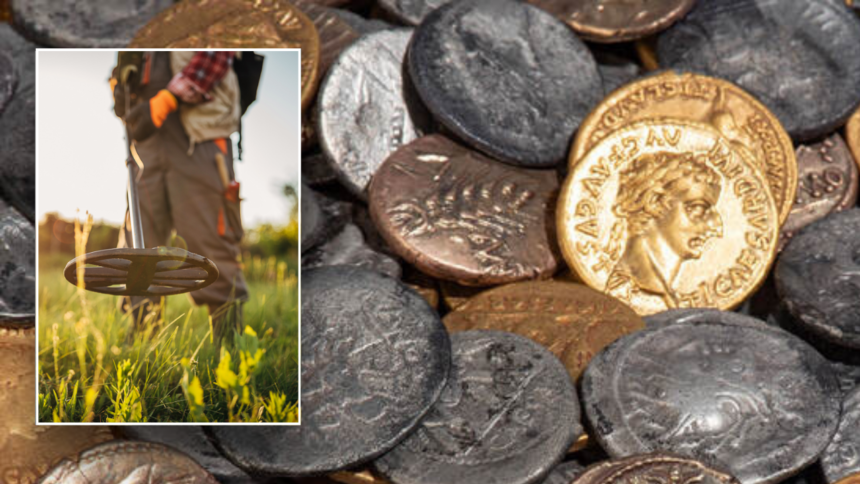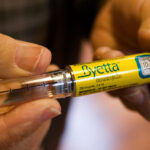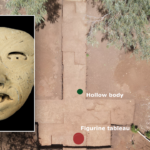Two metallic detectorists stumbled throughout a cache of cash relationship again to Biblical occasions in a one-of-a-kind discovery, in accordance with European officers.
The Cultural Heritage Company of the Netherlands introduced the invention, which consists of 404 silver and gold cash, in a Jan. 27 press launch. The cache is a mix of Roman and British cash, making the invention significantly uncommon.
A pair of metallic detectorists named Gert-Jan Messelaar and Reinier Koelink discovered the cash in Bunnik, which is situated within the province of Utrecht, in autumn 2023. Although the cash have been within the possession of the Dutch authorities for months, they weren’t revealed to the general public till now.
The 42 British cash, which historians confer with as “staters,” have been minted between 5 B.C. and 43 A.D., and are fabricated from gold, silver, and copper. The title of Cunobeline, a British king who dominated from 9 to 43 A.D., was discovered inscribed on the cash.
METAL DETECTORISTS STUMBLE ACROSS 1,200-YEAR-OLD TREASURE, UNUSUAL CHRISTIAN ARTIFACT IN VIKING GRAVES
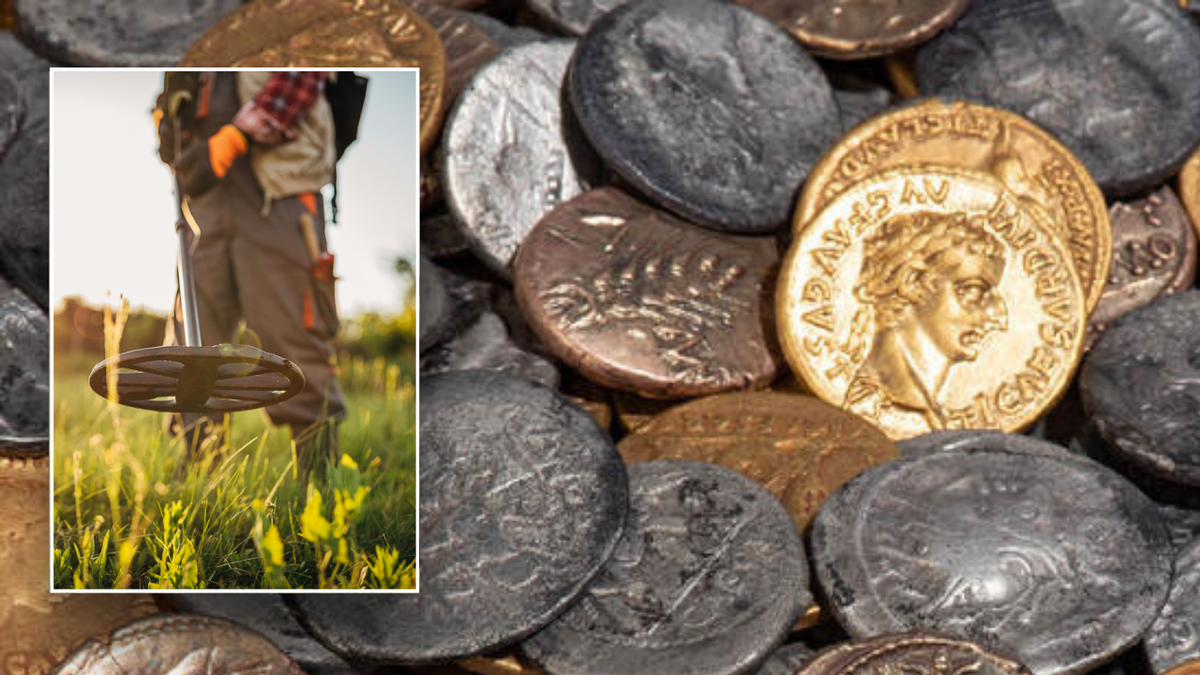
A pair of metallic detectorists discovered tons of of cash relationship again to Biblical occasions. (iStock/Cultural Heritage Company of the Netherlands (RCE))
A complete of 288 of the cash have been Roman and have been minted between 200 B.C. to 47 A.D. The “youngest” Roman cash date again to Emperor Claudius, with archaeologists discovering that a few of the cash have been by no means in circulation.
“In complete, 72 Roman gold cash (aurei, singular aureus) have been discovered, relationship from 19 B.C. to 47 A.D.,” the press launch, which was translated from Dutch, learn. “Two of the gold cash have been minted with the identical stamp and have been unused — they present no indicators of damage. The proprietor apparently obtained them from a stack of freshly minted cash.”
ARCHAEOLOGISTS STUMPED BY STRANGE ALIEN-LIKE FIGURINE DATING BACK 7,000 YEARS: ‘RAISES QUESTIONS’
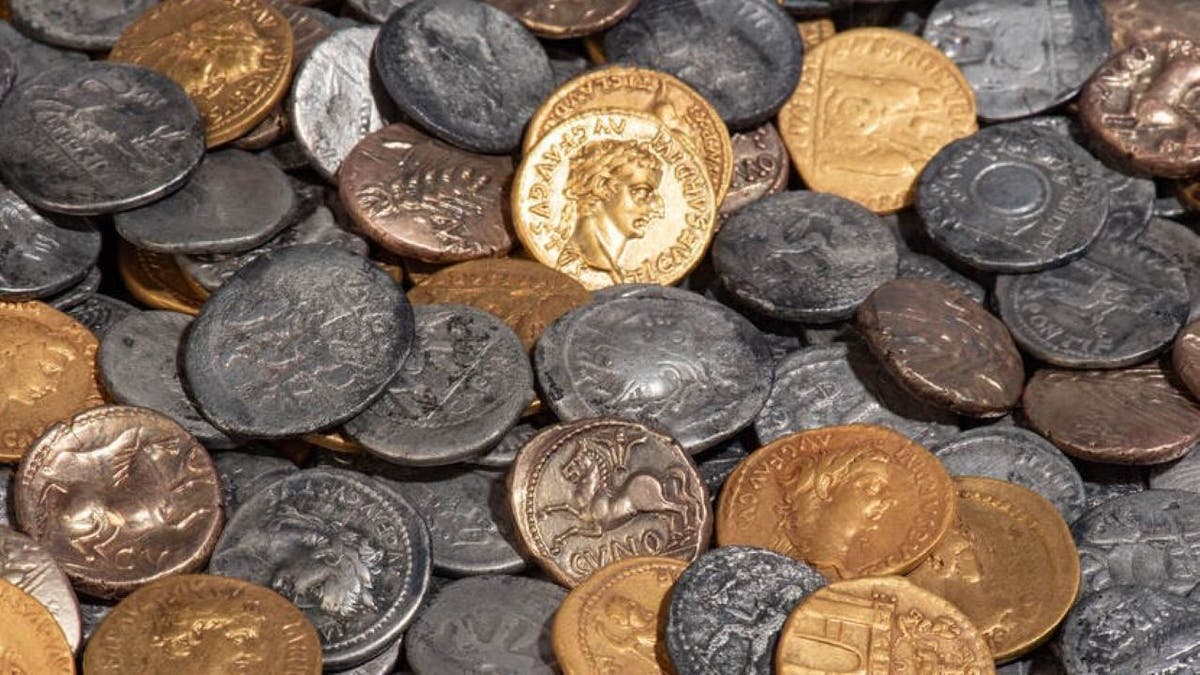
Many of the cash have been Roman, whereas a great portion got here from pre-Roman Britain. (Cultural Heritage Company of the Netherlands (RCE))
Officers defined that, on the time the cash have been minted, Roman troops had begun crusing throughout the North Sea to beat the Britannic Isles. Specialists consider the cash belonged to Roman troopers who introduced them again after a mission in Britain.
“It’s possible that the cash have been introduced again to Bunnik by returning Roman troopers from Britannia after the primary conquests: the Roman cash as pay and the British ones as struggle booty,” the assertion defined.
CLICK HERE TO SIGN UP FOR OUR LIFESTYLE NEWSLETTER
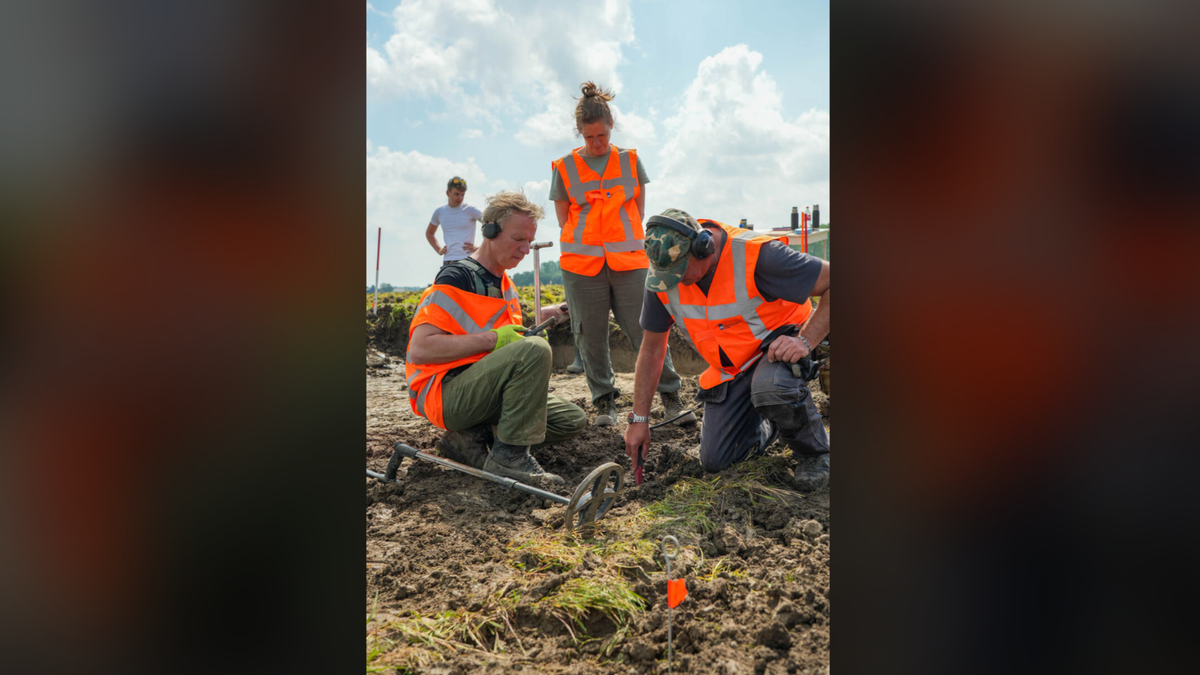
The invention of the cash is the primary of its variety in mainland Europe. (Cultural Heritage Company of the Netherlands (RCE))
Within the press launch, the RCE famous that the invention “helps the essential position of the Decrease Germanic Limes within the Roman conquest of Britannia.” The Limes confer with the border of the Roman Empire, differentiating Germania Inferior and Germania Magna.
Not solely is the archaeological discovery the most important of its variety made in Utretcht, it’s the solely Roman-British coin hoard discovery in mainland Europe — the same cache was present in the UK.
CLICK HERE TO GET THE FOX NEWS APP

An outline of historic Romans in England circa 77 A.D. (iStock)
“These cash kind a singular mixture of each Roman and British cash, buried within the northern border area of the Roman Empire (the Decrease Germanic limes), which on the time ran by means of the Netherlands,” the assertion mentioned. “Such a Roman-British coin discover has by no means earlier than been made on the European mainland.
For extra Life-style articles, go to foxnews.com/life-style.

